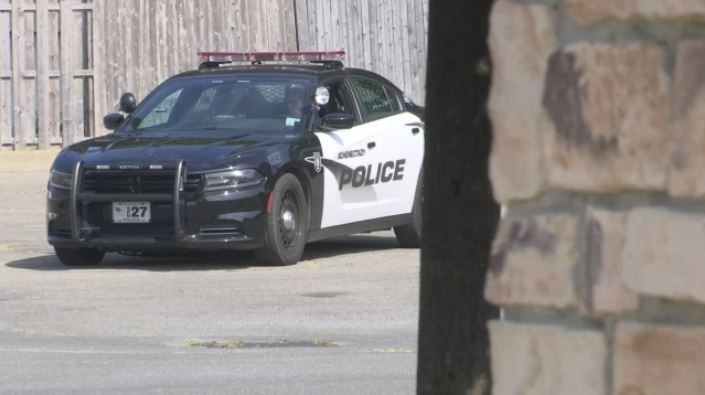Albany Police Chief Eric Hawkins says there weren’t many surprises in the audit of his department released Thursday. Independent researchers hired by the city examined racial bias data between 2015 and 2020
What You Need To Know
- On Thursday the city of Albany released the findings of an audit of its police force
- The researchers determined nearly two thirds of arrests and uses of force involve Black people, who only make up about 30% of the city's population
- Police Chief Eric Hawkins says he does not believe racial bias is a widespread problem in his department and that further analysis of the data is needed
“It is about what we expected,” Hawkins said. “We know anecdotally we are in certain neighborhoods a disproportionate amount of times.”
Despite accounting for only 30% of Albany’s population, the report found that nearly two thirds of the department’s arrests and uses of force involved Black people. Hawkins admits the findings are troubling but also believes they don’t paint the full picture.
“It is concerning every time we hear there are racial disparities,” Hawkins said. “We need to know why but right now we have raw data and raw information that are suggestive of that bias but it is not conclusive.”
The data also shows that a majority of complaints and civil rights lawsuits against the department were filed by Black people.
“I thought it was a balanced report,” said Albany Chief City Auditor Dr. Dorcey Applyrs. “It definitely highlighted some of the concerns community members have talked about, yelled about, screamed about.”
Applyrs ordered the audit shortly after the death of George Floyd.
“I don’t think there’s a secret that people feel there is a problem when it comes to relationships between the police and community members,” she said.
The researchers faulted the city for not keeping enough data on racial bias but Applyrs believes the findings are conclusive enough to admit there’s an issue that can’t be ignored.
“Just looking at the numbers, we see disparities in outcomes,” Applyrs said. “As someone who has a public health background, for me, when we see disparities we need to act.”
Hawkins believes higher rates of crime in predominantly black neighborhoods could account for some of the disparities. While Applyrs thinks the findings are clear, the chief believes racial bias is not a widespread problem in Albany.
“My personal opinion is no but I think it is important with this information we got from this audit that we do a deeper dive and we look at it and find out what this information means and we contextualize it even further,” Hawkins said.
“I think there is enough out here for us to acknowledge that there is a problem and start addressing the issues that we know that we know,” Applyrs said.










